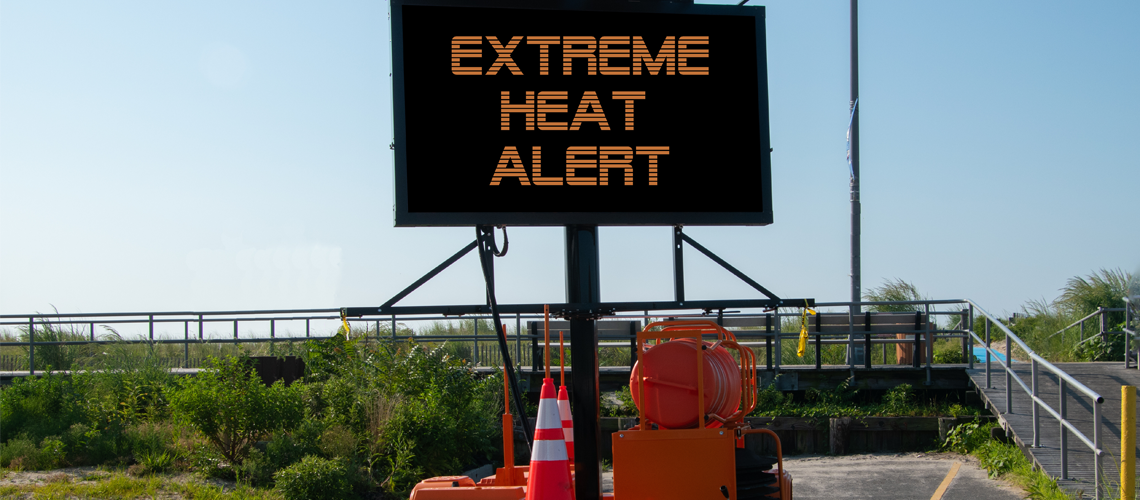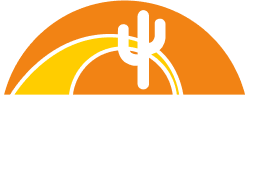Preventing Heatstroke During Summer Construction Projects

Extreme heat is one of the leading causes of weather-related deaths each year. Extreme heat is defined as a temperature exceeding 90 degrees for a period of at least two days. In most regions, August relentlessly delivers these conditions – yet work on a construction site must keep going.
Help keep team members safe by following these tips when working in hotter temps.
Monitor Hydration
For crews working in direct sun most of the day, there’s an increased risk of dehydration, heat exhaustion, and heatstroke. According to the Centers for Disease Control and Prevention (CDC), workers should drink about 1 cup of water every 15 to 20 minutes during moderate activity; this increases with higher temperatures and exertion.
Avoid soda and energy drinks, as these can contribute to dehydration. Electrolyte replacement beverages can help replenish essential nutrients and energy, but eating regular meals and snacks should also be sufficient when paired with adequate water consumption.
Schedule Heat Breaks
In some regions, and particularly for work done outdoors and with little shade, it is unsafe for workers to be exposed to the heat for prolonged periods. The CDC and National Institute of Occupational Safety & Health (NIOSH) recommends a tiered system for scheduling heat breaks. On this chart, they suggest a tiered rest period frequency and duration schedule, broken down by exertion level (Light, Moderate, Heavy) for corresponding environmental temperatures.
Remember to gradually increase workloads and allow more frequent breaks for newer crew members and those not yet acclimated to the heat or who’ve been away from the jobsite more than a week.
Take Preventative Measures
Help prevent heat cramps, heat rash, heat exhaustion, and heatstroke by taking a few advance precautions to help provide workers with heat relief. In addition to ensuring adequate hydration and breaks from the sun, additional use of fans, reflective shields, and portable cooling units can help improve air circulation and aid in cooling hot worksites. Establish summer safety protocols, like a buddy system, so workers can remind each to check for symptoms throughout the day.
See comprehensive OSHA-NIOSH recommendations on this Info Sheet.
Watch for Warning Signs
When temperatures soar, the body needs to work harder to stay cool. Not only does sweating cause us to quickly lose excess fluids, but extended exposure to extreme heat can cause sweat evaporation to slow down, further taxing the body’s ability to maintain a normal temperature.
Extreme heat can occur quickly without warning, especially on jobsites. Some symptoms include:
High body temperature (103°F or higher)
Hot, red, dry, or damp skin
Fast, strong pulse
Headache
Dizziness
Confusion
Losing consciousness (passing out)
Have emergency protocols in place and ensure all team members know to notify a supervisor if they or a coworker begin experiencing symptoms. Supervisors should be trained for administering first aid for heat-related illnesses.
Heatstroke is a life-threatening medical emergency. Administer first aid and call 911.
For more information, visit https://www.osha.gov/SLTC/heatstress/index.html
Learn about Sunstate’s Air Mover solutions for safe, all-season productivity.
Downloadable Resources: https://www.cdc.gov/NIOSH/mining/UserFiles/works/pdfs/2017-127.pdf
https://www.osha.gov/Publications/osha-niosh-heat-illness-infosheet.pdf
©2024 Sunstate Equipment Co., LLC

